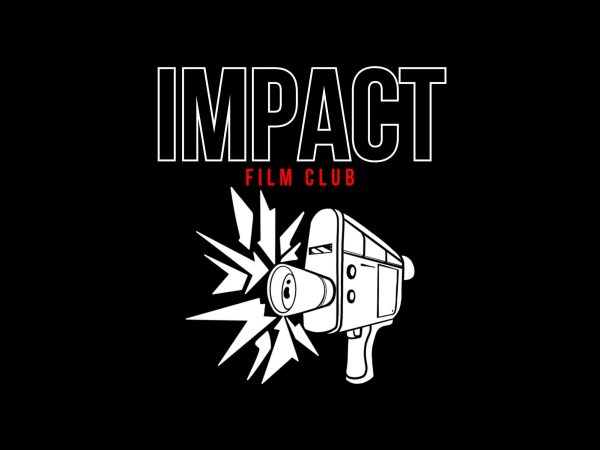“The Last Raptor” proves to be a student film worth reckoning with
A model raptor and stylized production leads to an ambitious short movie.
March 20, 2013

“A raptor walks into a suburban home in the ‘70s. What happens?”
This is the question that senior film major Paul Maertens posed when he birthed the idea of “The Last Raptor” for his senior thesis project. Biola’s cinema and media arts department requires that each senior do a project displaying the skills they have accumulated in their time at Biola. Maertens decided to write and produce a senior thesis that was exceedingly larger than your average school project. Thus, “The Last Raptor” was born.
Film more comedic and stylized than lots of other student films
“The Last Raptor” follows a fictitious ‘60s band called the Monterey Cats as they struggle to transition into the ‘70s. The band grapples with the fear of the unknown as they try to locate the reason why their cat is missing and the story transpires from there.
The short film is described by its crew as a stylized period piece with inspiration from Wes Anderson, comparable to the 2010 Edgar Wright film, “Scott Pilgrim vs. the World.” Senior film and English major and director Michael Asmus came alongside Maertens to actualize this vision. As if this concept was not unique enough, Maertens and his crew said they want to set their film apart by being intentionally comedic to contrast many other Biola films that appear to take themselves too seriously. Maertens and Asmus expressed that the film’s intent is to make people laugh and give the audience pure entertainment.
Desire for difference leads to bigger budget
“It is film for the love of filmmaking,” said production designer Jesse Velez. Velez is heading up the art department, which is a huge component of bringing Maertens’ original vision to life. There are more than 20 students involved in just the art department alone. Creating the little details to make a period piece believable on a student’s time and budget is a battle the movie faces, yet Velez has tackled the project as a freshman.
Building the infamous raptor itself is also a monumental part of this project. “The Last Raptor’s” art team is building the entire raptor figure from scratch. Additionally, the film has an original score composed by Maertens and sophomore film major, David Tracy.
According to Maertens, the average Biola short film would cost a minimum of $6,000. The rule of thumb is the cost of a short should be about $1,000 per minute of film, he said. Despite the fact they are building a raptor and creating costumes for a period piece, they are trying to keep the costs of production low. “The Last Raptor” team needs approximately $10,000 for their 15-minute film. According to executive producer Hannah Caprara, they are trying to be creatively ambitious on a low budget.
Crew hoping for excellence to be the best apologetic
The production team started a fundraising campaign on Indiegogo.com to present their cause to any potential supporters and collect the capital they need to finance this project. Currently they have about 60 percent of their overall goal with less than a week left on the Indiegogo enterprise. It is crucial they raise the funds before March 27, or Indiegogo keeps 9 percent of the profits procured through their web campaign thus far. They are offering supporters different types of recognition, props or perks based on how much money they donate. This includes premiere tickets, movie posters and even the raptor used for the film. Maertens says that if 250 people donated 10 dollars each, their film would be sufficiently funded.
This film is important to “The Last Raptor” crew not only because of the movie itself, but because of the impact it will have on their future. Doing a project with so many elaborate and intricate details will give each crew member ample experience as well as examples to prove their skills to Hollywood. They believe the way they can be Christians in the movie industry is by creating excellent work.
“I don’t want to be cliché and say we are missionaries too, but we kind of are,” Maertens said. “Hollywood is a dark place and the more people that we have doing good things there from a Christian perspective, the better. I mean, this is essentially our passport to get into that country.”







